Creation Myths
|
by Stefan Stenudd |
At best, we can guess on a period of history, but hardly closer than within centuries, sometimes only within millennia. That, too, is hazardous and quite uncertain in several cases.
When there is no evidence as to a myth’s age, and that’s more often the case than not, we have to search for clues inside the myth itself. This calls for an interpretation approaching pure guesswork, especially if nothing else is known about the myth – such as its geographical or cultural origin, or its link by similarities to other myths of which we know more.
Although the date of origin of a creation myth is rarely known, its geographical or cultural cradle is often noted – if not with certainty, so at least with a high grade of probability. And when this is known, dating a myth based on the content of it becomes somewhat realistic. There is also a chance of increased precision when knowledge of the environment and culture in question is expanded.
The date and place of a creation myth’s origin can be established, with varying certainty, by searching for clues within the myth and its components. For example, there are some differences to be expected in creation myths from agrarian eras, to those from hunter and gatherer societies.
Vast differences of this kind are found between the creation stories of Genesis 1 and 2. The latter contains many ingredients pointing toward a farming culture, such as the Garden of Eden cultivated by God, the presentation of all the animals to Adam, as if inviting him to domesticate the ones of his choosing, and so on.
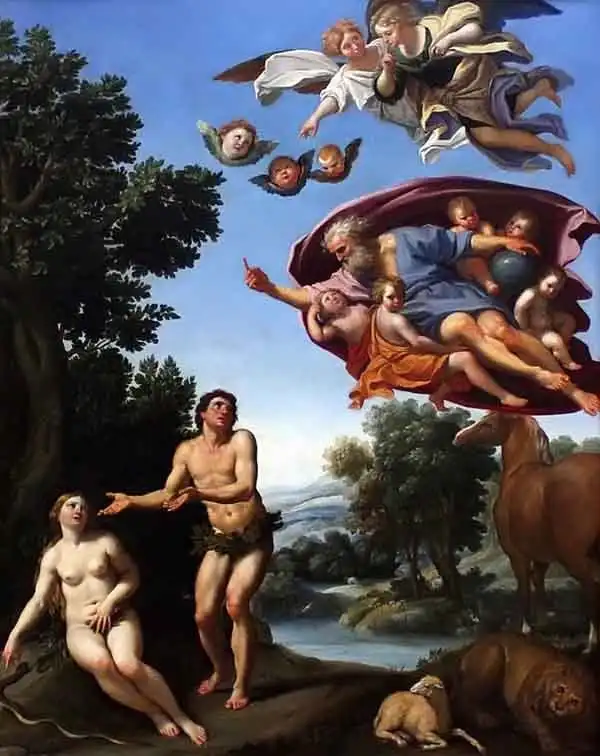
Adam and Eve in the garden of Eden, defending themselves from God's accusation. Painting by Domenichino, 1625.
In Genesis 1, on the other hand, God creates one thing after another and puts them in their proper places, until on the last day he completes the world by creating man and offering the whole world to him as it is, to walk freely on the land and feed on the animals and the plants that he finds – much like the everyday life of hunters and gatherers.
The distinction between agrarian and non-agrarian society can be similarly detected in most creation myths.
There may even be clues to how far back in an era the myth was composed, considering what elements it contains and which ones it lacks. This allows us to find that some myths or fragments of myths must have a dating before, say, the introduction of the use of fire, or that of certain tools, and so on.
Authenticity
Another problem with properly interpreting and understanding creation myths is that of their authenticity. How to confirm that the myth we know is the original one, or if not, what parts of it are removed, added or altered through time? A distorted myth would result in erroneous conclusions about its time and place of origin, moving our understanding of the myth all the way back to square one.Comparing myths of similar time and a nearby place might reveal such mixes. The lack of similarities would indicate authenticity. But those methods are uncertain – and a prerequisite for them is the existence of comparable myths.
Also, similarities are not necessarily the evidence of mixed components. Creation myths all over the world have lots of similarities, which are easily explained by consequences of their subject, similarities of human reasoning, tendencies brought on by oral transmission, et cetera. There is simply no reason to expect a complete lack of similarities between creation myths. Already by containing the idea of a starting moment for the world, without which they could not be called creation myths, they have similar premises.
It must also be understood that even a very good idea can come to more than one person. Similarities of myths might mean nothing more than that the idea occurred in two minds, completely independent of one another.
Our present culture has a tendency to search for one sole originator of any idea, which probably says more about the creation stories we foster (both those of Genesis and the Big Bang theory) than about any limitations of human ingenuity.
On the other hand, there are several possible situations where comparing myths can help discovering influences between them.
If they share names of characters, or other elements of equal significance, it becomes quite obvious. Then, what remains is the problem of deciding which one of the myths contained these characters or elements originally, and which one added them later on. To decide this, the stories of the myths need to be examined – their narrative and dramaturgy. That's also a way of trying the authenticity of a myth when no neighboring myth is at hand for comparison.
Inner Story Logics
A story has to make some kind of sense to its listener. It has to have its inner logics. By this I mean that as a whole, it has to show consistency, respect its own premises, and have an ending that relates meaningfully to its beginning. Deviations from this are very likely due to changes of its original form.A clear example of this is Cain’s fate in Genesis 4: After having slain his brother, he left his parents Adam and Eve and traveled to the land of Nod, where he found a wife and reproduced. There is no previous mention of other people than Adam, Eve, and their two children. This suggests that two stories have merged. The one about the fratricide was most likely not an original part of the story about Adam and Eve, but of a later stage in the history of man.
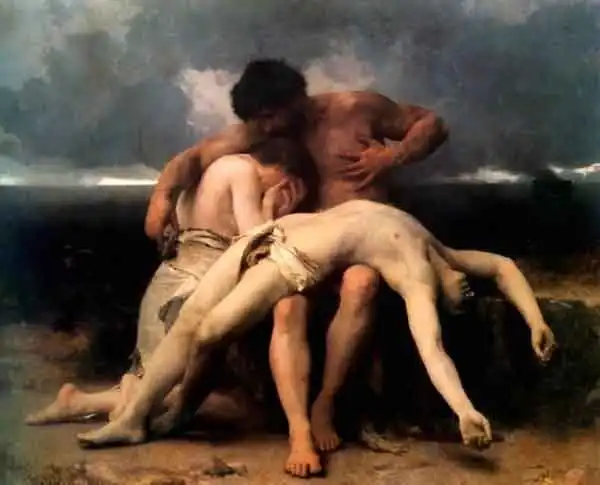
Adam and Eve mourn the death of their son Abel, killed by his brother Cain. Painting by William Bouguereau, 1888.
The patterns of narrative and dramaturgy in myths, as well as any other story-telling, are remarkably alike across cultures and historical eras. This is also evident in the creation myths from around the world. Therefore, such an analysis of a myth can be done with confidence, and anomalies of this kind are very likely to depend on distortions of the original version.
Actually, those universal story-telling elements and structures can be used to reveal significant parts of creation stories as being of a purely dramaturgical nature.
Since any creation story must in some way be a series of events, it will get the structure of a plot, and thereby it will be arranged in a dramaturgical way. This arrangement contributes to shaping the story, even to the extent that it is the reason for some ingredients in the world creation described. Dramaturgical necessity is instrumental in the formation of any creation story.
Next
- Introduction
- Man, Too
- Human Thought Revealed
- Trusting Creation Myths
- Time and Place
- Authenticity
- Inner Story Logics
- Function
- Triangle of Functions
- The Relief of Tragedy
- Homo Rudis
- Present Day Tribes
- Belief
- Doubt
- The Evolution of Creation Myths
- Subconscious Creation
- Simplicity and Urgency
- The All Was Born in the Past
- Originality
- Religion, Science, or Art
- What Can Be Reached
This text was written as an introduction of sorts to my ongoing dissertation on creation myths, at the Lund University History of Ideas and Learning.
Some of My Books:Click the image to see the book at Amazon (paid link).
The Greek philosophers and what they thought about cosmology, myth, and the gods. |
MENU
Creation Myths Around the World
How stories of the beginning began.
The Meanings of Mythology
Theories through history about myth and fable.
Archetypes in Myths
The mythological symbols and what they stand for.
The Logics of Myth
Patterns of creation.
CREATION MYTHS IN DEPTH
Creation in Rig Veda 10:129
The paradox of origin, according to an Indian myth.
Genesis 1
The first creation story of the bible scrutinized.
Enuma Elish
The ancient Babylonian creation myth.
Xingu Creation of Man
The insoluble solitude of gods and humans.
Contact
About Cookies
ON MY OTHER WEBSITES
Psychoanalysis of Myth
What Sigmund Freud and C. G. Jung thought about myths, their origins and meanings.
Jungian Theories on Myth and Religion
Joseph Campbell, Jordan B. Peterson and other Jungians on mythology and religion.
Myth of Creation
An introduction to the subject of creation myths and the patterns of thought they reveal.
Cosmos of the Ancients
What the Greek philosophers believed about the cosmos, their religion and their gods.
Life Energy
The many ancient and modern life force beliefs all over the world explained and compared.
Taoistic
Taoism, the ancient Chinese philosophy of life explained. Also, the complete classic text Tao Te Ching online.
 Stefan Stenudd
Stefan Stenudd
About me
I'm a Swedish author and historian of ideas, researching the thought patterns in creation myths. I've also written books about Taoism, the Tarot, and life force concepts around the world. Click the image to get to my personal website.
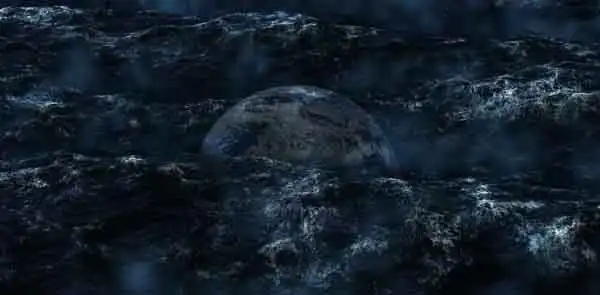
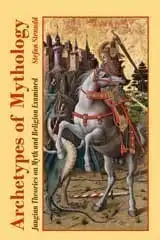 Archetypes of Mythology
Archetypes of Mythology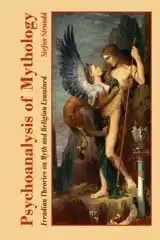 Psychoanalysis of Mythology
Psychoanalysis of Mythology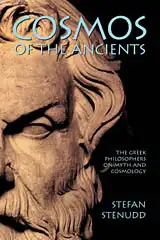 Cosmos of the Ancients
Cosmos of the Ancients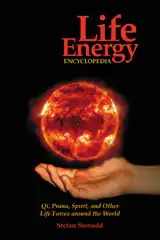 Life Energy Encyclopedia
Life Energy Encyclopedia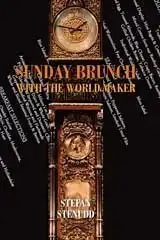 Sunday Brunch with the World Maker
Sunday Brunch with the World Maker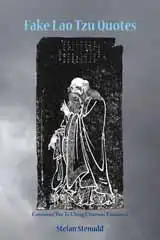 Fake Lao Tzu Quotes
Fake Lao Tzu Quotes